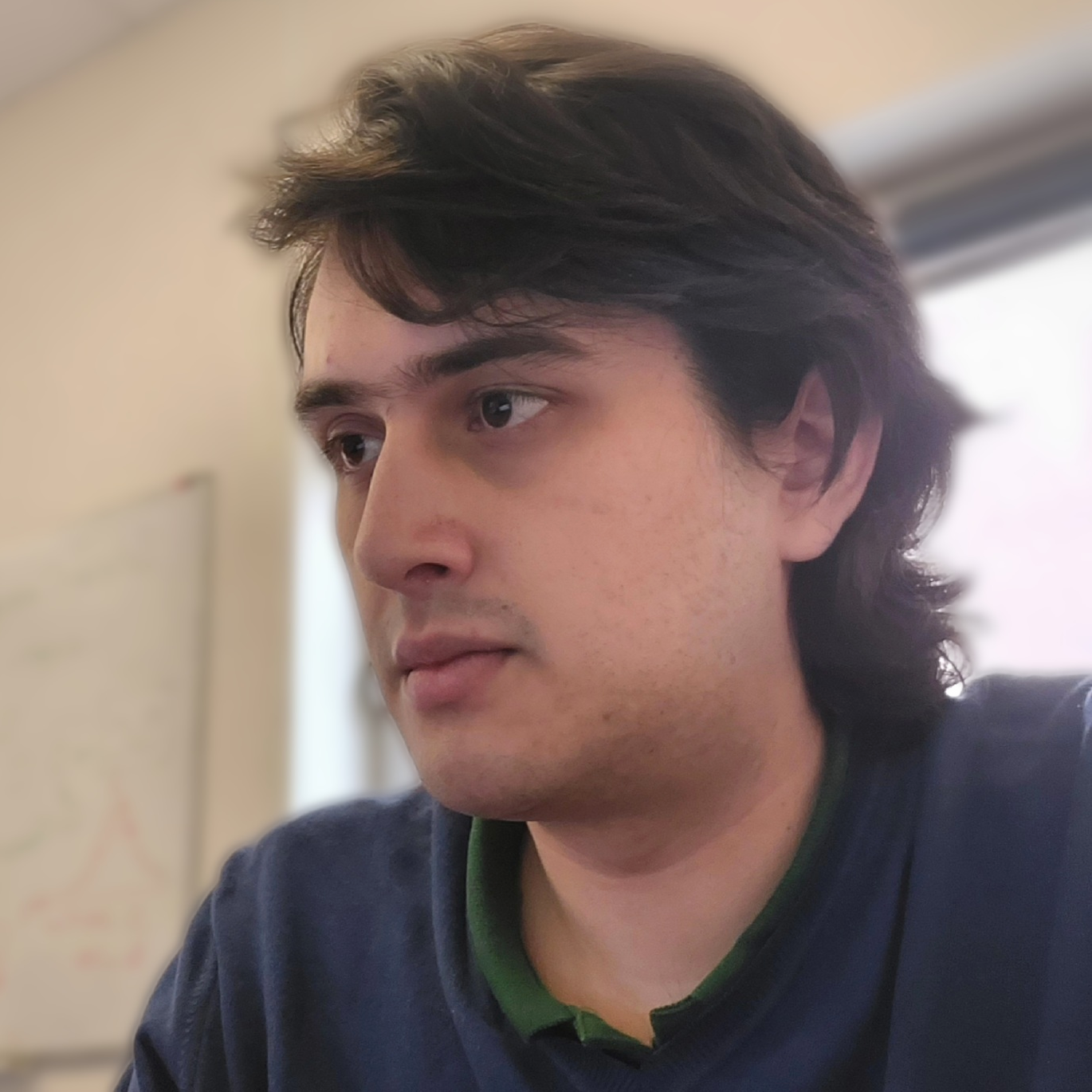Category: Publications
-
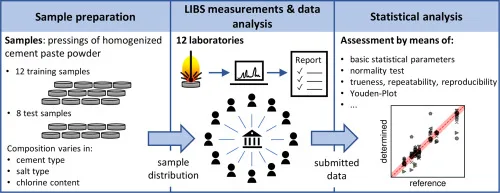
Interlaboratory Comparison for Quantitative Chlorine Analysis in Cement pastes with laser induced breakdown spectroscopy
We consider quantitative analyses of spectral data using laser-induced breakdown spectroscopy. We address the small size of training data available, and the validation of the predictions during inference on unknown data.
-
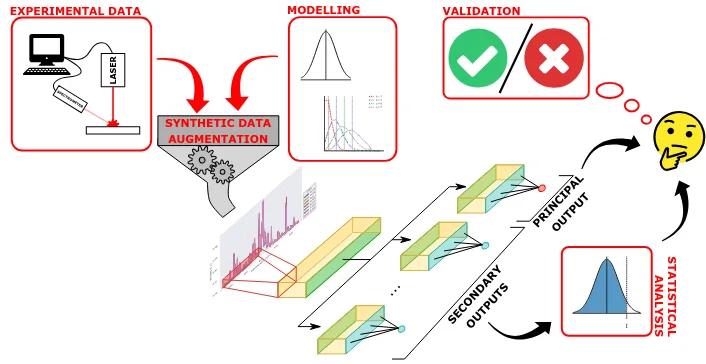
Trustworthiness of Laser-Induced Breakdown Spectroscopy Predictions via Simulation-based Synthetic Data Augmentation and Multitask Learning
We consider quantitative analyses of spectral data using laser-induced breakdown spectroscopy. We address the small size of training data available, and the validation of the predictions during inference on unknown data.
-

HyperPCA: a Powerful Tool to Extract Elemental Maps from Noisy Data Obtained in LIBS Mapping of Materials
We introduce HyperPCA, a new analysis tool for hyperspectral images based on a sparse representation of the data using Discrete Wavelet Transform and kernel-based sparse PCA to reduce the impact of noise on the data and to consistently reconstruct the spectroscopic signal, with a particular emphasis on LIBS data.
-
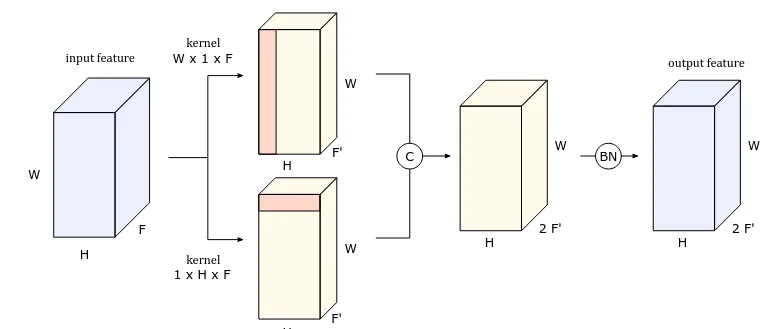
Inception Neural Network for Complete Intersection Calabi–Yau 3-folds
We introduce a neural network inspired by Google’s Inception model to compute the Hodge number $h^{1,1}$ of Complete Intersection Calabi-Yau 3-folds.
-
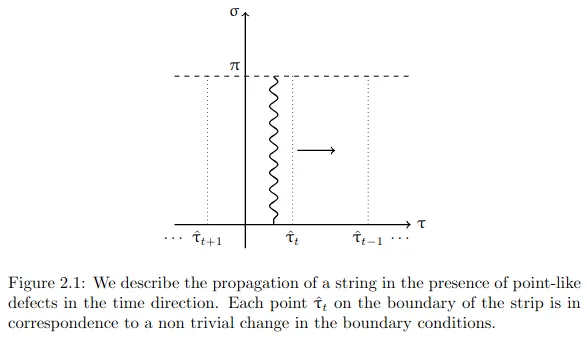
2D Fermion on the Strip with Boundary Defects as a CFT with Excited Spin Fields
We consider a two-dimensional fermion on the strip in the presence of an arbitrary number of zero-dimensional boundary changing defects.
-

Deep Multi-task Mining Calabi-Yau Four-folds
We continue earlier efforts in computing the dimensions of tangent space cohomologies of Calabi-Yau manifolds using deep learning.
-
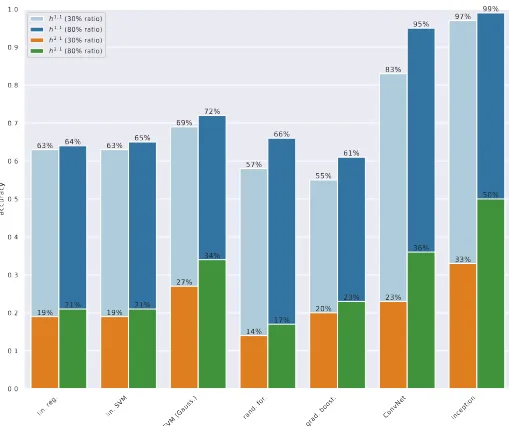
Machine Learning for Complete Intersection Calabi-Yau Manifolds: a Methodological Study
We revisit the question of predicting both Hodge numbers $h^{1,1}$ and $h^{2,1}$ of Complete Intersection Calabi-Yau 3-folds using machine learning.
-

On the Origin of Divergences in Time-dependent Orbifolds
We consider time-dependent orbifolds in String Theory and we show that divergences are not associated with a gravitational backreaction since they appear in the open string sector too.
-

The Classical Solution for the Bosonic String in the Presence of three D-branes Rotated by Arbitrary SO(4) Elements
We consider the classical instantonic contribution to the open string configuration associated with three D-branes with relative rotation matrices in SO(4) which corresponds to the computation of the classical part of the correlator of three non Abelian twist fields.
